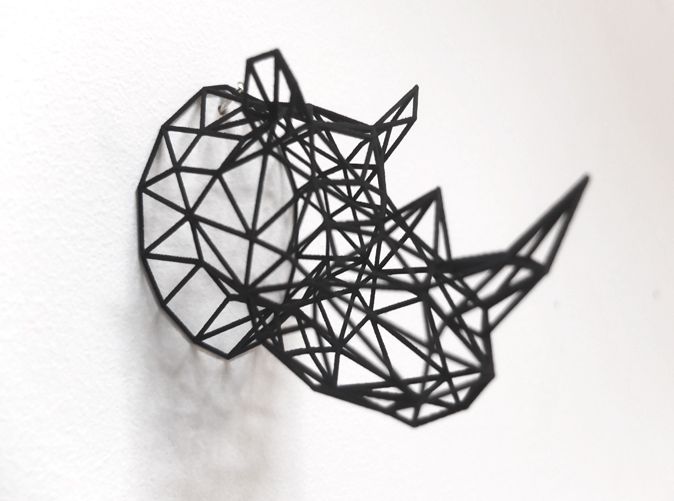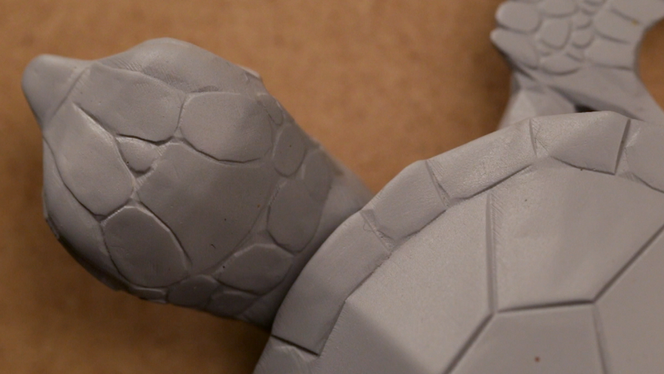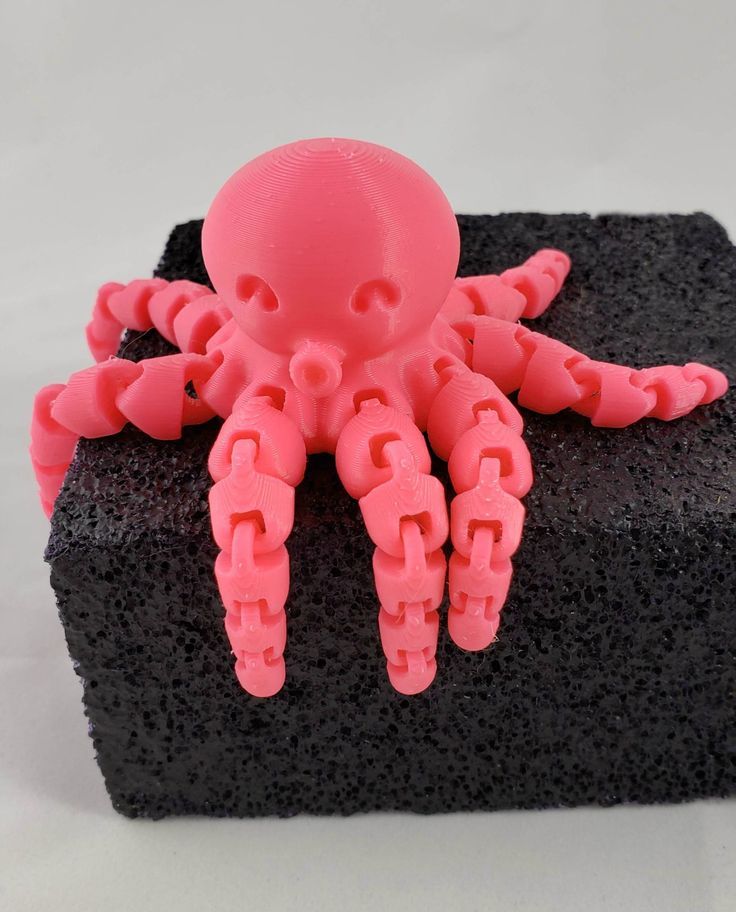3D printed living animal
3D Printing is Saving Animals' Lives
A lot of people don’t think about how animals, both domesticated and wild, can benefit from prosthetics. In many cases, animals who were born without limbs or who have lost body parts in accidents or through disease, are often euthanized. Now, 3D printing is saving animals’ lives.
Prosthetics might include artificial limbs for dogs, sea life, birds and other species but there are only ten known animal orthotists in the world. This means that the realm of animal prosthetics is one ripe for disruption – and 3D printing can be helpful.
For veterinary purposes, 3D printing is even more useful than with humans. For example, all replacement hands are vaguely similar, and prosthetic design has been finely tuned.
When we start dealing with animals, not only do we have multiple species, but the size variations can be extreme. A prosthetic leg for a Great Dane is quite different from one for a Dachshund.
Historically, dogs and cats that have lost a limb have been expected to manage on just three. In some cases, animals have been euthanized because there was no way to restore their mobility or their ability to eat properly.
Here are some examples:
Vitoria Gets her Smile Back with a 3D Printed Beak
Photo Credit: Animal Avengers 3DVitoria was a graylag goose dropped off at an animal rescue center with most of her beak missing. This left the poor goose unable to eat and dependent on humans.
Enter…a dentist.
Yes, they hired a dentist who was able to use the 3D printer he was using for dental work to create a new beak for Vitoria. It took a couple of attempts, but they were able to release her into the wild.
3D printing is ideal for replacing or repairing damaged beaks (which do not grow back). The beaks have to be properly colored, or the birds will be rejected by potential mates and shunned by bird society.
Beauty and the 3D Printed Beak
Photo credit: Birds of Prey NorthwestOther recipients of bill prosthetics include a hornbill in Singapore and Beauty, a bald eagle in Alaska.
Beauty has a gorgeous children’s book written about her called, “How Science, Technology, and a 3D-Printed Beak Rescued a Bald Eagle” and the authors also offer a free downloadable STEM educational guide.
“Beauty the Bald Eagle was shot, rescued and received a pioneering, 3D-printed prosthetic beak. She has been featured on Nat Geo WILD around the world and in news stories worldwide.
Beauty and the Beak follows Beauty close-up from the moment she uses her baby beak to emerge from her egg, through her hunt when she uses her powerful adult beak to feed herself, to the day her beak is shot off by a poacher leaving her helpless.
This true, heart lifting story continues through her rescue, into months of engineering her prosthetic beak and intense hours of surgery, to the moment she takes the first drink of water by herself with her new beak.”
Birds of Prey Northwest
Stubbs Gets Less Stubby Thanks to 3D Printing
Photo Credit: Midwestern UniversityTen years ago a trailer full of alligators was confiscated. Most were released, but the Phoenix Herpetological Society took in Stubbs, who had lost his tail, likely in a fight with another gator. Because measuring a full grown and possibly none too happy alligator seemed unwise, they used a 3D scanner to measure his stump.
Most were released, but the Phoenix Herpetological Society took in Stubbs, who had lost his tail, likely in a fight with another gator. Because measuring a full grown and possibly none too happy alligator seemed unwise, they used a 3D scanner to measure his stump.
Because of the size and the needed material (silicone), the tail was made using a 3D printed mold. He’ll probably still have to live out his life in a sanctuary, but he can at least swim now. Other reptiles have also received prosthetics, but tails are unusual.
3D Printed Tortoise Shells
Photo Credit: Animal Adventures 3DA number of turtles and tortoises have received new, 3D printed shells. Shells tend not to naturally repair themselves. Some of the patients were born with deformities but in most cases they have lost them due to accident, disease or unfortunate interactions with humans.
Fred, an adorable little tortoise from Brazil, was given the world’s first 3D printed shell after she survived a forest fire.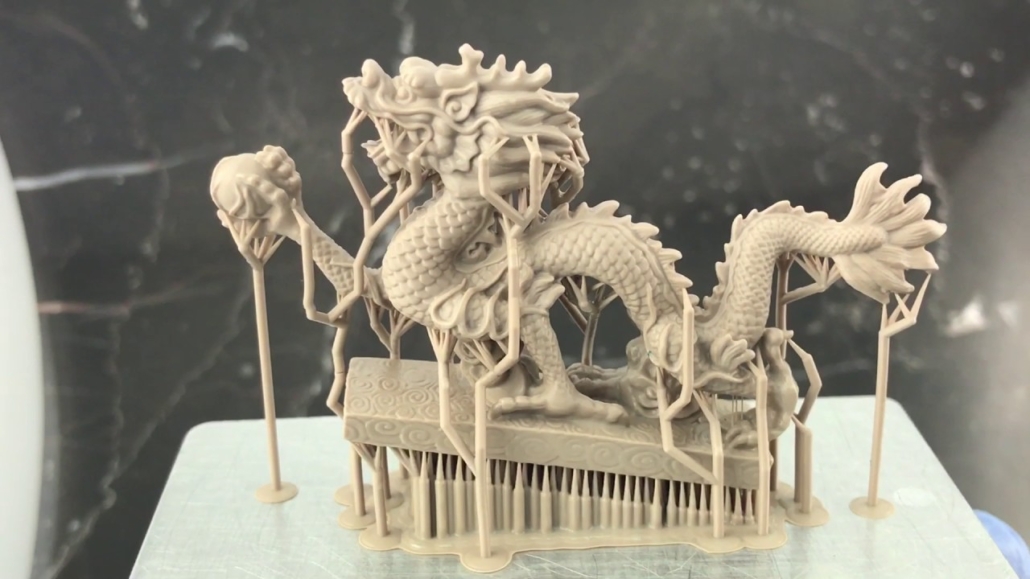 She was missing 85% of her shell and suffered burns over most of her body.
She was missing 85% of her shell and suffered burns over most of her body.
After being burned in the fire, Fred also survived two bouts of pneumonia and an estimated 45 days without food before she was discovered by the volunteer group called ‘Animal Avengers’ who then gave her the name Fred.
“It took about 40 photos [to build a model and reconstruct the shell]. We took a healthy animal, took the same 40 photos, reconstructed that animal in 3D and put it into the computer,” said graphic designer Cicero Moraes.
The design was then printed out using a desktop printer in four individual, jigsaw-like puzzle pieces that fit together around Fred to create a complete shell.”
– https://www.sciencealert.com/
She won’t be able to return to the wild because tortoises live a very long time and Fred will likely outlive her replacement shell and need another one.
Photo: RJ Sangost/The Denver PostCleopatra is another example of how 3D printing is saving animal’s lives.
She was living with a condition that causes thinning of the shell brought on by poor nutrition when owners do not understand how to feed their pets properly. A thinning shell can lead to severe and sometimes deadly infections.
Nicola “Nico” Novelli, the founder of Canyon Critters, took Cleopatra in and remedied her poor nutrition problem but also wanted to protect her thinning shell. He worked with the Colorado Technical University and a 3D printing store to create a customized cover for Cleopatra to create a barrier from infection or harm from other tortoises.
Limb Different Dogs and 3D Printed Prosthetics
Some dogs are born with something missing…their front legs.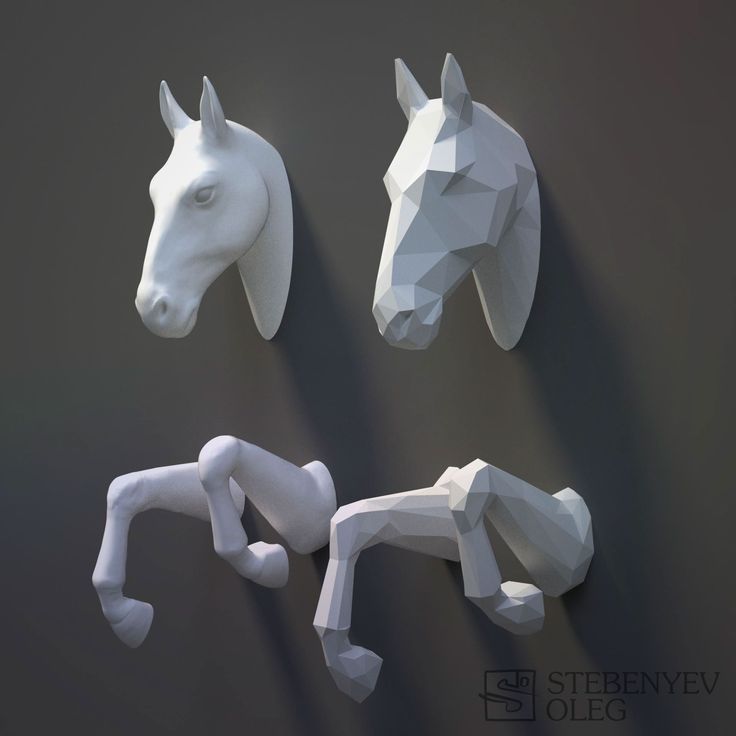 This gorgeous husky named Derby is one such, but check out how well he runs on his prosthetics. They’re designed to allow him to go fast, and are similar to the blades worn by some human athletes.
This gorgeous husky named Derby is one such, but check out how well he runs on his prosthetics. They’re designed to allow him to go fast, and are similar to the blades worn by some human athletes.
3D printing has been used to make prosthetics for dogs like Derby as well as custom “wheelchairs” that help them chase the mail carrier in style!
Photo Credit: TurboRoo InstagramTurboRoo is a tiny Chihuahua who was born missing his 2 front legs.
“Mark Deadrick, president of 3dyn, saw TurboRoo’s call for wheels on the Internet and designed a small wheeled cart, estimating the size from online photos. He 3d printed the model, slapped on some Rollerblade wheels, and sent the cart to TurboRoo’s owner. Now the wee doggie is scooting along on a free, fully hackable set of super-legs.”
Techcrunch.com
Some dogs are even getting prosthetics printed in maker labs at the local library (many libraries charge only the cost of the filament, making this an amazing option for shelters and lower-income owners).
Even better, this dog, Tiny, is not just going to have a better quality of life, but she’ll be able to help her human get one too – as a service dog.
3D Printing is for the Birds
Photo Credit: BBCWe started with beaks, but artificial limbs can help birds too. One of the most famous examples is Bagpipes the Penguin. This poor little guy had been struggling around a zoo in New Zealand for years when, in 2016, he was given his 3D printed foot. The biggest challenge: He wouldn’t stay still to be scanned.
New feet have been fitted to a wide range of birds, including pet ducks and chickens as well as wild birds in zoos or sanctuaries.
Photo credit Lars Thalman, e-NABLE Volunteere-NABLE Germany Volunteer, Lars Thalmann, created a prosthetic leg for a bird of prey, named Söckchen, who was in need of a “helping…foot.”
Söckchen, which means “Little Sock” in German, is a 3 year old secretary bird who lives at the Weltvogelpark Walsrode sanctuary in Walsrode, a town in northwestern Germany. Usually found in South Africa, the secretary bird looks a bit like a crane and unlike other raptors, has long legs and only flies when it has to.
Usually found in South Africa, the secretary bird looks a bit like a crane and unlike other raptors, has long legs and only flies when it has to.
“Söckchen is a very nice bird, very kind and like a pet to the keepers. When they discovered that this bird was injured they were heartbroken and when I told them that I thought I could help, the trainers cried again, but this time because of joy! German Alonso told me that in his over 15 years of animal keeping, he never imagined that a bird the size of Söckchen could get a prosthesis.”
Lars Thalman – e-NABLE Germany
Again, these prosthetics can be printed on home printers or those in your school or library.
Helping Horses with 3D Printing
Photo credit: CSIRO researcher, Chad Henry,The racing industry has been experimenting with custom 3D-printed titanium horseshoes as a way to improve performance. However, farriers are also turning to 3D printing as a way to help horses with foot problems.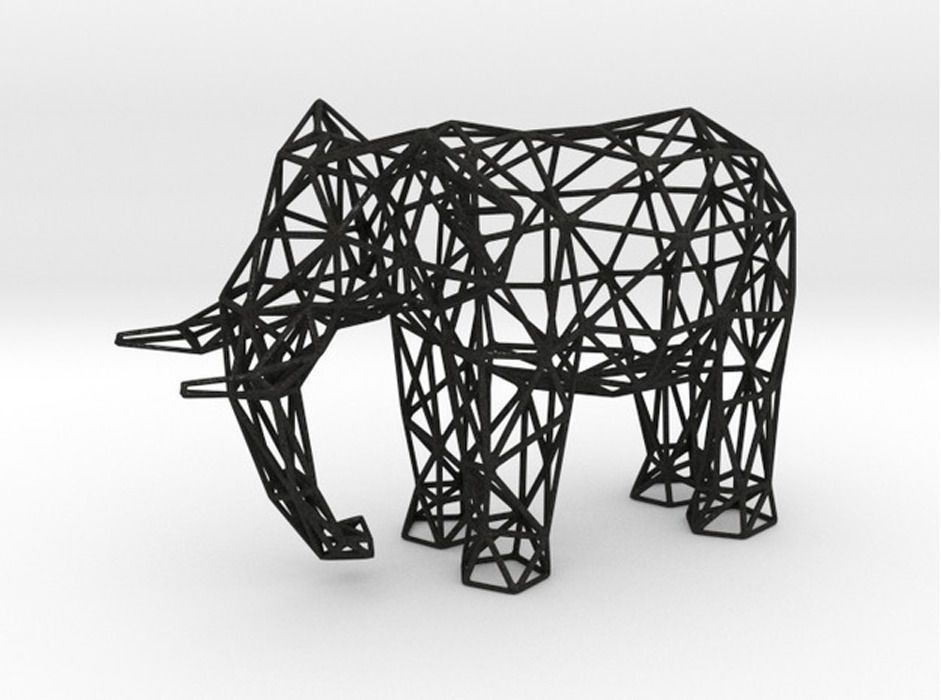
For example, horses recovering from laminitis, which causes rotation of the bones within the foot, need special shoes to help take the pressure off the parts of the foot that hurt, allowing them to move and recover. Similar techniques could be used to help straighten club feet in foals, but it’s mostly the prospect of better recovery from laminitis that has horse people excited.
Miniature horse Shine is fitted with a prosthetic hoof at Colorado State University’s Veterinary Teaching Hospital, April 19, 2016.And while full-sized horses are too heavy for current prosthetic materials, a number of miniature horses have successfully been fitted with prosthetic feet that allow them to lead an almost normal life.
3D Printing is Saving Animals’ Lives
Photo credit: ‘’Hiss’’ Majesty The Lizard – Shedd Aquarium in Chicago.3D printing has amazing potential for helping animals in the future. The ability to make a completely custom prosthetic very cheaply is vital, and as the technology develops and spreads into new materials, even more animals (and their owners) will be able to be helped.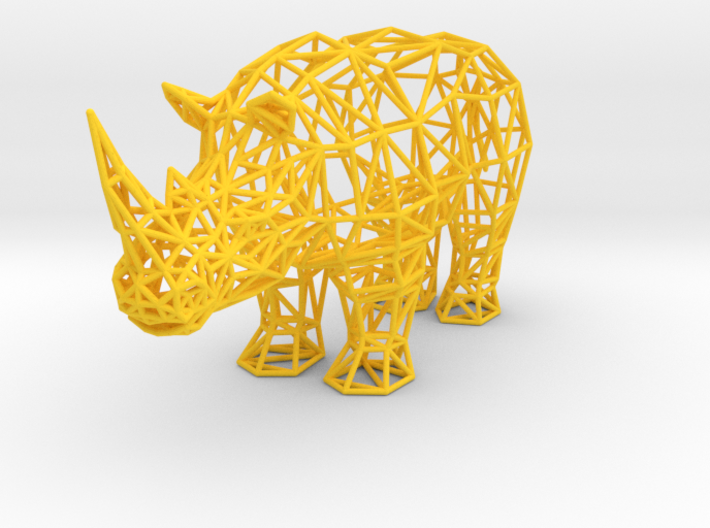 The sight of a dog with one or two prosthetic legs may become as common as seeing humans with replacement limbs.
The sight of a dog with one or two prosthetic legs may become as common as seeing humans with replacement limbs.
If you have a 3D printer in your classroom, then consider reaching out to animal shelters, zoos, and the local community. The challenge of making a prosthetic for an animal can be a great learning experience and there is nearly nothing better than seeing a disabled animal able to walk, feed, or move normally again.
To find out more about how 3D printers can help animals and improve learning, contact 3D Universe today.
3D Printing in Action: Animals Given New Life With 3D-Printed Aid
For many students in STEM, 3D printing can be perceived as being limited to engineering purposes only. This couldn’t be further from the truth! The beauty of additive manufacturing is that its applications are nearly infinite. One compelling and vital way 3D printing is pushing innovation is in wildlife conservation and animal welfare. Animals that before would have suffered or even died are given new life through 3D-printed prosthetics.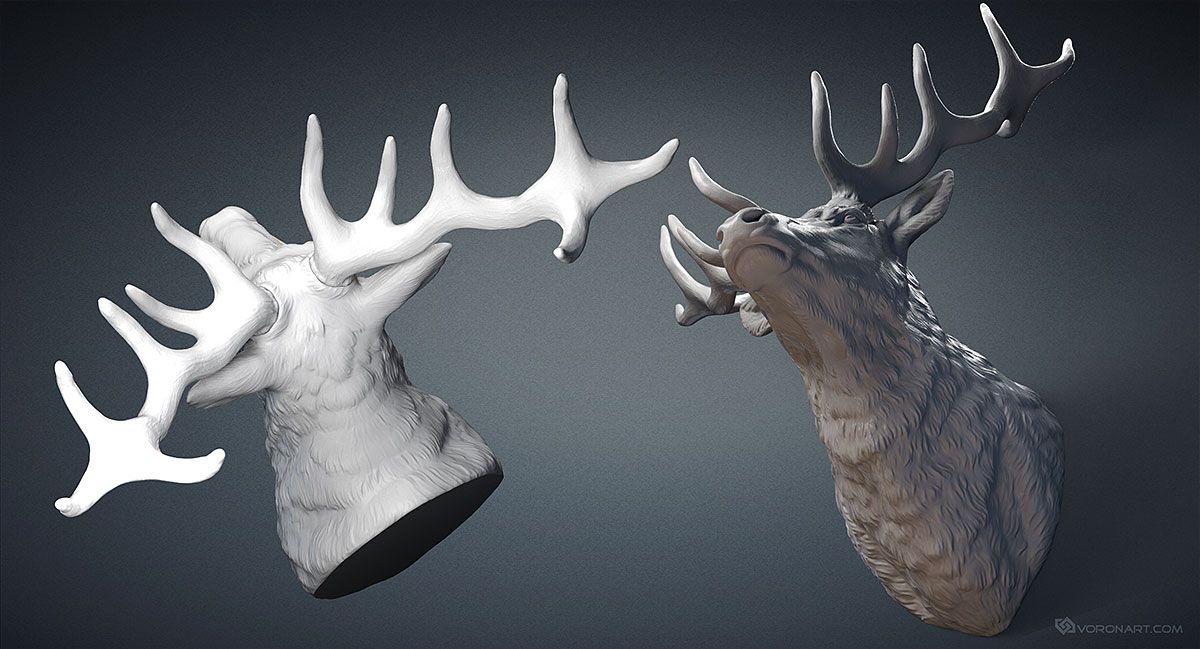 Habitats that are degrading and vanishing are given a chance for survival with 3D-printed assistance. Conservationists and scientists are using 3D printing to help animals thrive, not just survive.
Habitats that are degrading and vanishing are given a chance for survival with 3D-printed assistance. Conservationists and scientists are using 3D printing to help animals thrive, not just survive.
If you have students interested in a career involving wildlife, this is just one example of how they can combine their classroom knowledge with their passion for animals!
Advances in Animal Prosthetics
The advances in 3D printing technology have aided conservationists by creating substitutes for the parts missing in nature. When an animal is injured or sick in the wild, there’s not much chance for survival. Some of these injuries occur naturally, but most have increased in many species due to habitat loss, animal poaching, and mistreatment from humans. Many animal species are making a comeback thanks to 3D printed prostheses. A tortoise who has lost its shell due to fire, disease, or being hit by a car is given a new protective shell by scanning a healthy tortoise’s shell of the same size and species and fitting it precisely to the injured tortoise. Birds who have lost beaks from hunters are affixed with 3D-printed imitations and are able to live many more years in the wild. Alligators have been given new tails, and ducks have been given new beaks – and none of this would be possible without the precision, accuracy, and flexibility of 3D prints. A toucan, having lost its upper mandible, was given a new one that even matched its original coloring, as an off-color beak would’ve caused the toucan to be shunned in the wild. And, of course, many cats and dogs are fitted with 3D printed limbs or mobility aids and are able to still have full lives.
Birds who have lost beaks from hunters are affixed with 3D-printed imitations and are able to live many more years in the wild. Alligators have been given new tails, and ducks have been given new beaks – and none of this would be possible without the precision, accuracy, and flexibility of 3D prints. A toucan, having lost its upper mandible, was given a new one that even matched its original coloring, as an off-color beak would’ve caused the toucan to be shunned in the wild. And, of course, many cats and dogs are fitted with 3D printed limbs or mobility aids and are able to still have full lives.
See how veterinary students at the University of Florida are using 3D printing to care for large animals!
Preserving Threatened Habitats
Unfortunately, thanks to a combination of pollution, human destruction, and climate change, many delicate ecosystems around the world are in peril. Conservationists have embraced 3D printing as a way to try and support these delicate habitats and give them a chance at survival.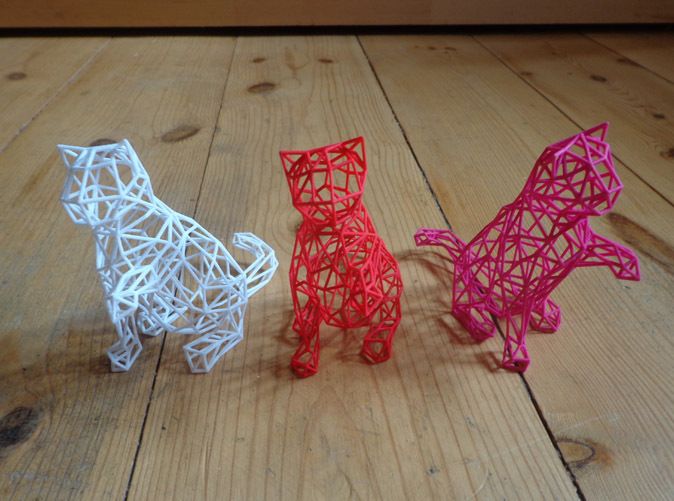 Our pollinator populations, especially bees, have been suffering with the loss of habitat and are struggling to find enough nectar to survive. Synthetic flowers, holding a combo of both nectar and pollen, are utilized, as well as a 3D printed honeycomb to provide the bees with a safe home. In another use case, coral reefs are filled with 3D printed coral in an effort to attract live coral polyps and stimulate new growth. The 3D printers are able to use natural materials such as sandstone and limestone, making the prints ocean safe and able to last. The advances in 3D printing technology have made these options feasible for many conservation groups, and the future will certainly hold more applications for 3D printing in animal conservation and welfare.
Our pollinator populations, especially bees, have been suffering with the loss of habitat and are struggling to find enough nectar to survive. Synthetic flowers, holding a combo of both nectar and pollen, are utilized, as well as a 3D printed honeycomb to provide the bees with a safe home. In another use case, coral reefs are filled with 3D printed coral in an effort to attract live coral polyps and stimulate new growth. The 3D printers are able to use natural materials such as sandstone and limestone, making the prints ocean safe and able to last. The advances in 3D printing technology have made these options feasible for many conservation groups, and the future will certainly hold more applications for 3D printing in animal conservation and welfare.
Designs for some 3D printed prostheses are available for free and are an excellent option for animal shelters or low-income pet owners. These designs are able to be printed at a maker lab in your local library or university for only the cost of the filament.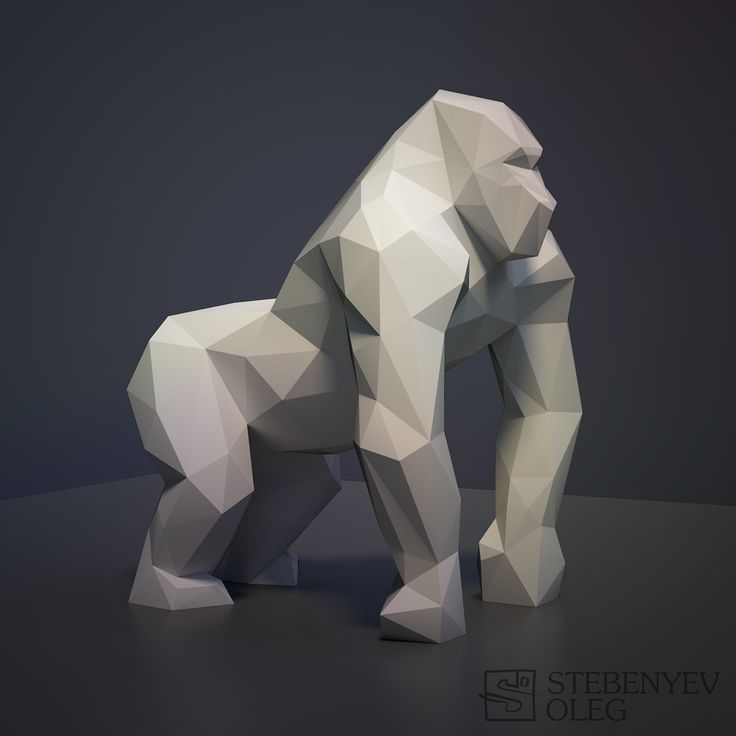 For your students, this can be a wonderful way to teach about 3D printing through the challenge of creating a prosthetic while also instilling a sense of gratification and responsibility to give back. There is nothing better than seeing an injured animal able to eat, walk, and move freely again.
For your students, this can be a wonderful way to teach about 3D printing through the challenge of creating a prosthetic while also instilling a sense of gratification and responsibility to give back. There is nothing better than seeing an injured animal able to eat, walk, and move freely again.
Contact us here for more resources about how to connect your students’ passions with STEM learning in the classroom!
🐴 Best Animal 3D Printable Files・Cults
🐴 Best Animal 3D Printable Files
Real or imaginary, static or articulated, high-res or low-poly, here is a must-have 3D printable animal collection like it. In this selection, everyday animals (dogs, cats or birds) coexist with wild ones (bears, cheetahs, tigers) and form an amazing menagerie. Turn on your 3D printer, choose the best STL file and print colors, and let's go! Don't forget to share your best 3D printing photos! nine0005
flexible turtle
Free
flexible mammoth
free
flexible bear
free
Dean Dino
Free
Elephant
Free
nine0006 Save pangolinsFree
Tarsier - pencil decor
Free
Polar bear with seal (automatic)
Free of charge
Flying sea turtle
Free
Flattened Tortoise
Free
nine0006 Low Poly FoxFree
Figurine of a sitting cat
5 €
Amao
Free
Lazy Dogs
4. 70 €
70 €
Low Poly Dog - Beto
Free
Shrodinki! British shorthair sitting in a box (single extrusion version)
Free
Turtle Planter
Free
Ball-joint articulated octopus keyring remix
Free
Photobubble doll
Free
Low Poly Cat
Free
Heen(Howl's Moving Castle)
Free
Froggy: the 3D printed ball-jointed frog doll
Free
3d Jointed Puppy Dog
Free
Aria The Dragon
Free
The Fabled Hare (A 3D Printed Ball-jointed Doll)
Free
nine0006 Chibi ChocoboFree
Low Poly Pug
Free
Cat Doorstop
Free
Simon´s hungry Cat moneybox
Free
Gary snail (lighter print without support)
0,50 €
nine0006 Swinging penguin PRINT-IN-PLACE2,50 €
My little shiba
Free
Poly Tiger
Free
Owl Sculpture
Free
smiling owl
Free
Owl Statue
Free
Cuddling Owls
Free
Gizmo - Robotic Dog
Free
Multi-Color Owl Bookmark
Free
Formosan Black Bear
Free
Low Poly Doge
Free
Low Poly Giraffe
Free
Piggy Sitting(Sir Pigglesfree): single extrusion version
Free
The Sheep
Free
Flexi Articulated Lama
Free
Bing-shen year of Formosan macaques
Free
Dorus the Dragon
Free
Sir Pigglesby (a most noble piggy bank)
Free
3d Jointed Puppy Dog
flexible turtle
Arlo standing on a rock
flexible bear
Discover our selection of best Animal 3D files, all of these great creations are taken from 3D Cults Library and 3D printable perfectly.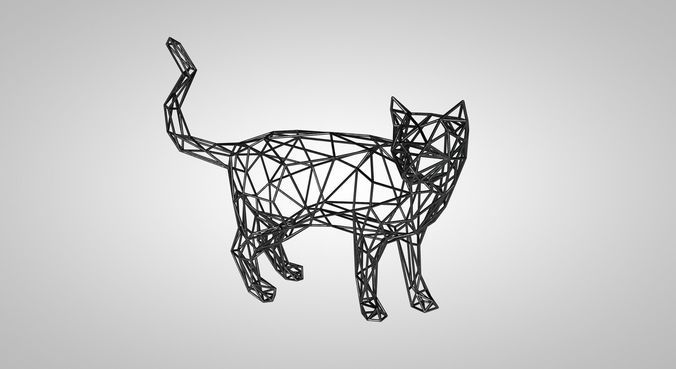
This collection includes free 3D files of many animals. Of course, there are pets here, such as 3D printed dogs or cats or birds. You will also find STL files of wild animals such as lions , tigers, turtles...
The 3D designers of were overjoyed and brought their own creative touch to nature's creations. This is how animals 3D low-poly models were born, imaginary animals, articulated creatures, in a word, enough to satisfy all animal lovers.
3D printing of is also a great way to treat some injured or sick animals. For example, scientists have recreated 3D printed bird's beak , or dog paw .
Israeli scientists have created a living heart on a 3D printer. Politeka
May 25, 01:32 am
Read Ukrainian
In Israel, for the first time in the world, scientists have created a living heart using 3D technology, which they plan to transplant into an animal.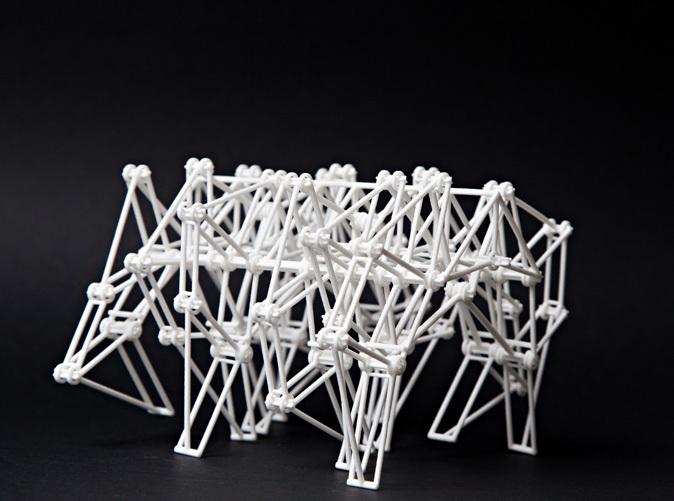
Scientists in Israel were the first in the world to create a living heart from human tissue in 3D format, and then “printed out” dozens of such hearts on a printer. These bodies plan to test on animals, reports the portal MEDINFO. nine0005
It is reported that the authors of the project are scientists from Tel Aviv University. According to the Jerusalem Post, Tal Dvir University's laboratory director demonstrated the process of using a 3D printer to print a heart from the human tissue of one of the patients and a biomaterial created from human cells. The heart printed on the printer was alive, had a cellular structure, blood vessels, chambers, ventricles and pulsed like a normal heart.
The only difference between the organ created in this way is its miniature size, which was no more than a few centimeters. A rabbit or other small animal can have such a heart. During the experiment, scientists “printed out” several dozen more hearts on a 3D printer within 3. 5 hours. The researchers plan to transplant them into animals to analyze the functionality of the organ. nine0005
5 hours. The researchers plan to transplant them into animals to analyze the functionality of the organ. nine0005
Israeli scientists claim that this technology can be used in the future to recreate the human heart. This can solve the problem of patient waiting for a suitable organ for transplantation, as well as taking potent drugs that prevent rejection of a donor heart. Researchers are convinced that not only the heart, but also any other organ, in the future can be modeled on a printer individually for each person.
As you know, the creation of organs using 3D printing has already shown incredible results: from small arteries, in the liver and even large bones. It is noteworthy that such artificially created organs have successfully taken root, which means that scientists have an incentive to continue working on the development of the medicine of the future. nine0005
Recall that a brain transplant has become possible: "it will change everything."
We also wrote how much human organs cost: "everything is for sale.